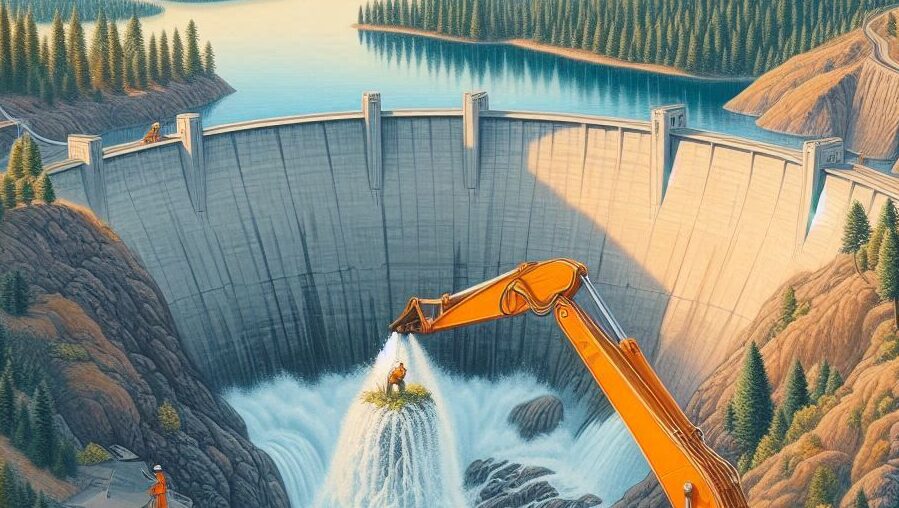Communities Adapting to Extreme Weather: The Positive Impact of Dam Removal
In the face of intensifying extreme weather events, communities across the globe are taking proactive steps to protect the health and safety of their residents. One such significant measure is the removal of outdated dams. Initially constructed in a time when the climate and weather patterns were vastly different, many of these dams now pose more harm than good in today’s era of severe climate change. By removing these structures, communities are not only safeguarding their environments but also enhancing their resilience to future weather-related challenges.
Historical Context and Present Challenges
Decades ago, dams were built with the intention of managing water resources, generating electricity, and preventing floods. However, the landscape of water-related weather has changed dramatically. Today, these dams can exacerbate the very issues they were meant to mitigate, such as flooding and water management, especially under the strain of extreme weather conditions induced by climate change.
The Benefits of Dam Removal
- Improved Ecosystem Health: Removing dams allows rivers to return to their natural flow, revitalizing ecosystems and supporting biodiversity. This can lead to the restoration of fish populations and other wildlife, which benefits local communities both environmentally and economically.
- Enhanced Flood Management: Without the constraints of aging dams, rivers can absorb and dissipate floodwaters more naturally. This reduces the risk of catastrophic flooding and helps communities better manage extreme weather events.
- Increased Safety: Many old dams are structurally unsound and pose a significant risk to nearby communities. Removing these dams eliminates the potential for dam failures, which can lead to devastating downstream floods.
- Adaptation to Climate Change: By restoring natural water flows, communities are better equipped to adapt to the unpredictable patterns of rainfall and drought that come with climate change. This flexibility is crucial for maintaining water quality and availability.
Community Success Stories
Several communities have already seen positive outcomes from dam removal projects. For instance, the Elwha River in Washington State has witnessed remarkable ecological recovery since the removal of two dams. Fish populations have rebounded, and the river ecosystem is thriving, demonstrating the profound impact of restoring natural river dynamics.
In New England, the removal of the Whittenton Dam in Massachusetts not only prevented a potential disaster but also revitalized local fish habitats and improved public safety.
A landmark example is the Klamath River project in Oregon and California, where the removal of four hydroelectric dams is set to be the largest dam removal in U.S. history. This project aims to restore over 400 miles of historic salmon habitat, improve water quality, and strengthen the resilience of local communities against the impacts of climate change. The Klamath dam removal is expected to bring significant ecological and economic benefits, serving as a powerful model for future projects.
Moving Forward
As extreme weather becomes more common, the removal of obsolete dams is emerging as a crucial strategy for community resilience. By prioritizing the health and safety of people and the environment, communities are making a positive shift towards sustainable and adaptive water management practices. This proactive approach not only addresses current challenges but also sets the stage for a more resilient and secure future.
Removing dams is more than just an environmental measure; it’s a step towards safeguarding communities against the uncertainties of climate change, ensuring a healthier, safer, and more sustainable world for generations to come.


Add your first comment to this post